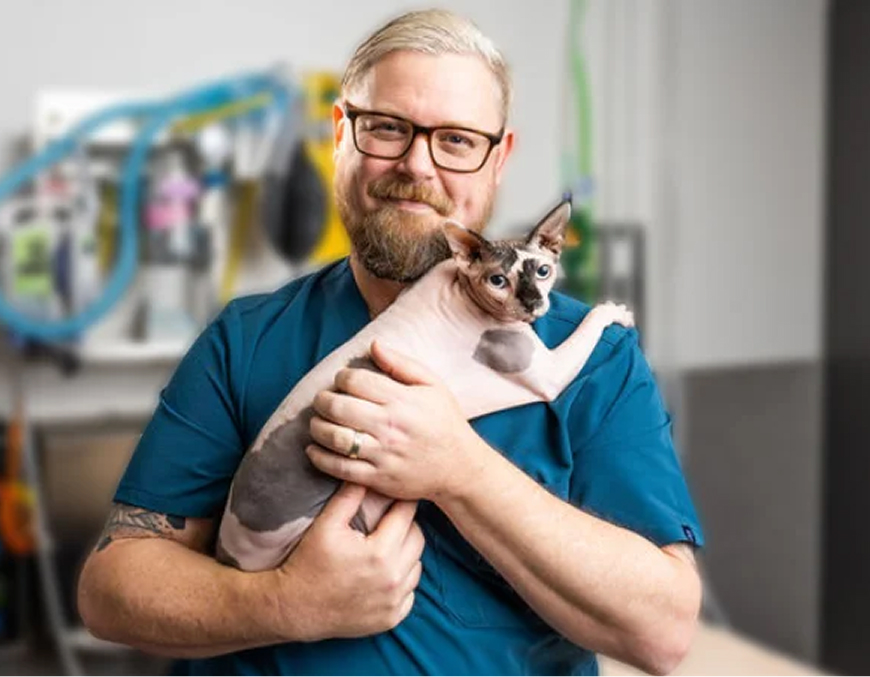Removing complex teeth safely and with minimal impact.
Teeth in dogs and cats, much like those in humans, are vulnerable to injuries that can occur due to accidents or diseases. The repercussions of these injuries can vary depending on the extent of the damage and the location of the affected tooth.

Types & Consequences of Dental Injuries
Injuries to teeth can occur at different stages of life. Young animals might experience issues such as enamel hypoplasia or tooth malformations caused by developmental injuries. As pets age, they are more likely to face fractures, internal trauma, and even tooth loss. Each type of injury can have distinct impacts on the pet’s oral health and requires careful assessment to determine the best course of action.
A primary concern when a tooth is injured is the potential harm to the pulp—the internal, living portion of the tooth often referred to as the “nerve.” If the pulp is exposed or compromised, it can lead to the development of a painful tooth root abscess. This condition can cause significant discomfort and health issues if not treated promptly. Therefore, early evaluation of all damaged teeth is essential.
“Early evaluation of all damaged teeth is essential.”

The Critical Role of Pulp
Within the anatomy of dogs’ and cats’ teeth lies a critical soft tissue known as the pulp. This specialised structure includes blood vessels, nerve cells, immune cells and connective tissue, all vital for maintaining the tooth’s health.
When the pulp is exposed or damaged, it can lead to severe pain and complications like infections or abscesses. Infected material within the tooth can spread, forming an abscess as the immune system struggles to eliminate the infection.
The large upper carnassial teeth in dogs, crucial for gnawing, and the upper canines of cats, positioned prominently at the front of their mouths, are commonly affected by fractures leading to tooth root abscesses.
“Addressing damaged teeth promptly is crucial, particularly when the pulp is exposed or traumatised.”

Treatment options
The treatment for fractured or damaged teeth varies depending on the nature and severity of the injury. Options include the placement of fillings, vital pulpotomy and root canal. In more severe cases, extraction of the damaged tooth may be necessary to prevent further health problems. The choice of treatment aims to relieve pain, preserve tooth function and prevent complications.
Addressing damaged teeth promptly is crucial, particularly when the pulp is exposed or traumatised. Delaying treatment can lead to increased pain for the animal and negatively impact their overall oral health. Pet owners are encouraged to seek veterinary dental care as soon as any signs of tooth damage are noticed, as early intervention is key to ensuring a healthy and pain-free life for their pets.














